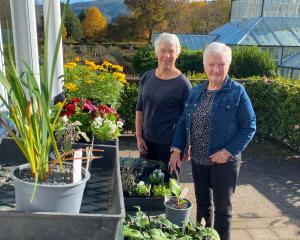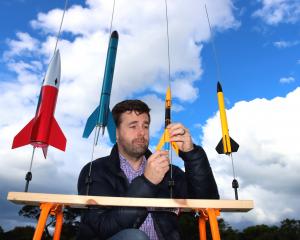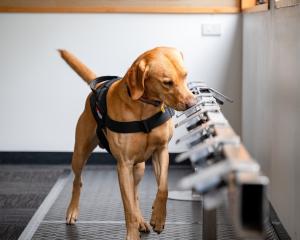
Town Belt Kaitiaki senior education co-ordinator Maureen Howard said City Sanctuary had been supporting the group’s students and schools with suitable traps and training to work in the town belt.
"As a result, we now have some extra traps in storage that can go elsewhere in Dunedin to help protect our native birds, plants and insects to survive and thrive," Ms Howard said.
Town Belt Kaitiaki chose Aroha Kaikorai Valley to be the recipient of their surplus traps because they were quite a new community group "with big ambitions and achievements".
"We love their passion, professionalism and community focus," she said.
Aroha Kaikorai Valley is very happy to receive the traps.
"We’re so grateful for their [Town Belt Kaitiaki] generosity and hope to return the favour some time," Aroha Kaikorai Valley trustee Paul Southworth said.
"This is great news for the native wildlife of Kaikorai Valley who are going to flourish once these traps start trapping," he said.
Town Belt Kaitiaki is a student-led group whose goal is to promote and enhance the Dunedin Town Belt that includes education, trapping, tree planting and weeding in the Town Belt.
The group of about 30 young people, aged from 9 to 18 years, manage a trapline in Scarba Reserve with the help of City Sanctuary.
Some of the programme’s 12 participating schools also have trap lines.
Aroha Kaikorai Valley is a registered charity, community and business-led organisation whose goal is to eliminate weeds and pests, plant native plants and clean up waterways in the Kaikorai Valley area.
The group has a project area of 400ha and a target of 380 trap devices on the ground, with 56 active traps in the area.














